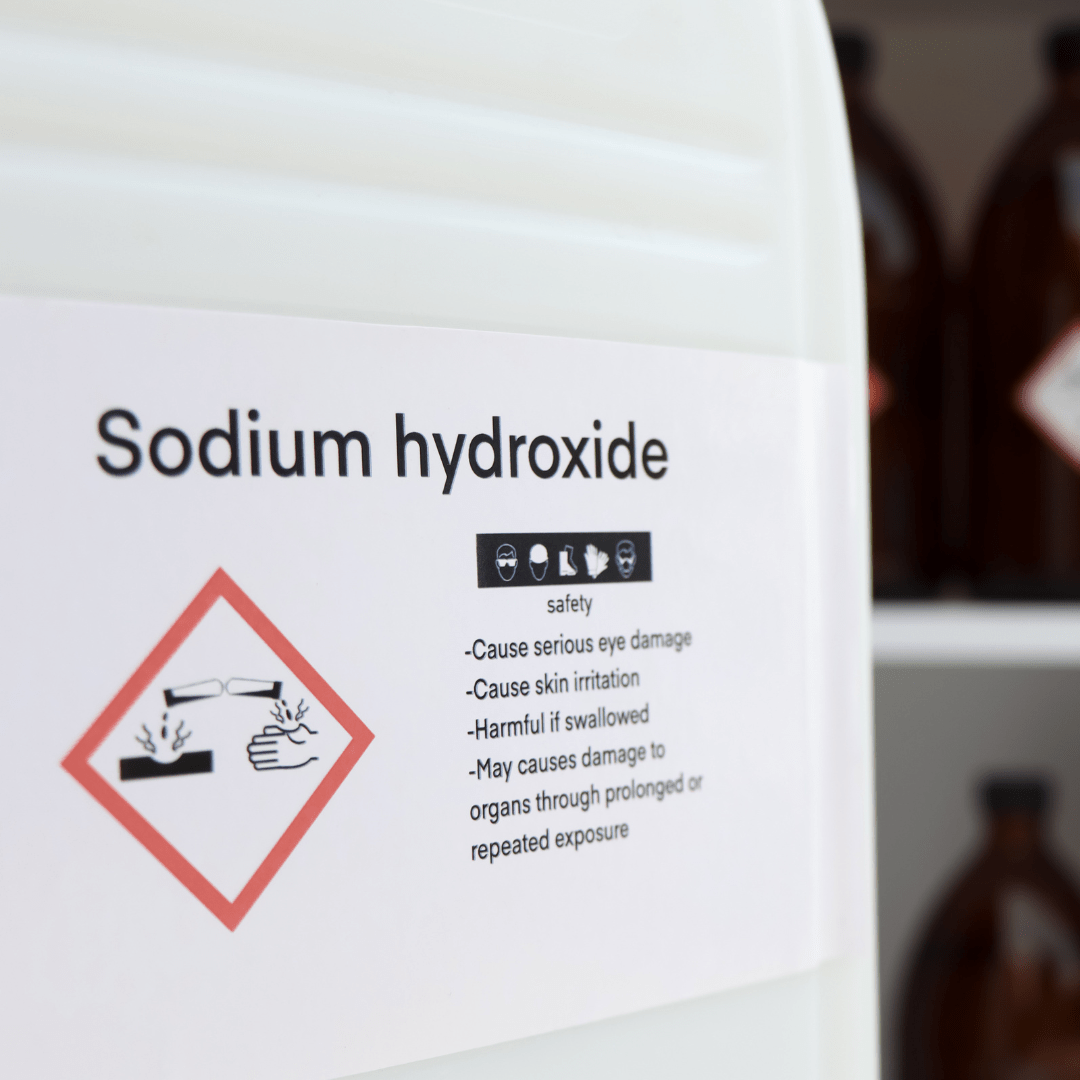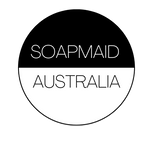
Sodium Hydroxide: Exploring the Versatile Uses and Impact of a Powerful Chemical
Sodium hydroxide, commonly known as caustic soda or lye, is a highly versatile and potent chemical compound with a wide range of applications across various industries. Its unique properties and chemical reactions make it an essential ingredient in numerous manufacturing processes and everyday products. Let's delve into the diverse uses and significance of sodium hydroxide in different fields.
Chemical Composition and Properties:
Sodium hydroxide is an inorganic compound with the chemical formula NaOH. It is a white, odorless, and highly alkaline substance that is soluble in water. When dissolved in water, it produces an exothermic reaction, generating significant heat. This property is utilized in various industrial and chemical processes.
Key Uses of Sodium Hydroxide:
-
Soap and Detergent Manufacturing: One of the most common applications of sodium hydroxide is in the saponification process, where it reacts with fats or oils to produce soap. Additionally, it is used in detergent formulations to enhance their cleaning properties.
-
Paper and Pulp Industry: Sodium hydroxide is employed in the paper and pulp industry to break down lignin and separate cellulose fibers during the production of paper, enabling efficient papermaking processes.
-
Textile Manufacturing: It plays a crucial role in textile production by treating fabrics to remove impurities and adjust their properties, such as shrinkage control and dyeing processes.
-
Water Treatment: Sodium hydroxide is utilized in water treatment facilities to adjust the pH levels of water, neutralizing acidity and aiding in the removal of heavy metals.
-
Chemical Manufacturing: It serves as a key ingredient in the production of various chemicals, including sodium salts, sodium phosphates, and organic compounds used in pharmaceuticals and plastics.
-
Food Processing: Sodium hydroxide is involved in food processing for purposes such as curing foods like olives, regulating acidity in certain products, and cleaning food equipment.
-
Cleaning Agents: It is an active ingredient in various cleaning products, including oven cleaners, drain cleaners, and degreasers, due to its strong alkaline nature that effectively dissolves grease and grime.
Safety and Handling:
Sodium hydroxide is a highly corrosive substance that can cause severe burns and irritation upon contact with skin or eyes. Proper safety measures, including protective gear and handling procedures, must be strictly followed when working with this chemical.
